I know the exact moment I fell in love with the Chromebook Plus.
I was reading a Kindle book and found a passage I wanted to save. I pulled out the stylus and tapped the "Capture Screen" button on the menu that automatically popped up. Then I tapped "Annotate in Google Keep" and jotted a few notes right on the page, just like I used to do with real books. Then I went back to reading.
Later, I wanted to cite that quote but couldn’t remember it exactly. So I opened up Google Keep and did a simple search, which brought up my note (Google had read and indexed it in the cloud). I saw my note and saw the passage circled right there. I just had to tap "Grab Image Text" in Keep and the quote I wanted was immediately right there in the note, ready for me to copy and paste into my Google document.
There aren’t a lot of "That’s actually magical" experiences for me in tech anymore, but that was one. And what made it possible was the combination of a Chromebook that could be used as a tablet, a stylus to take notes, Android apps, and a proper desktop browser and keyboard.
The rest of my experience using the Chromebook Plus wasn't quite so magical, but it still had its moments.
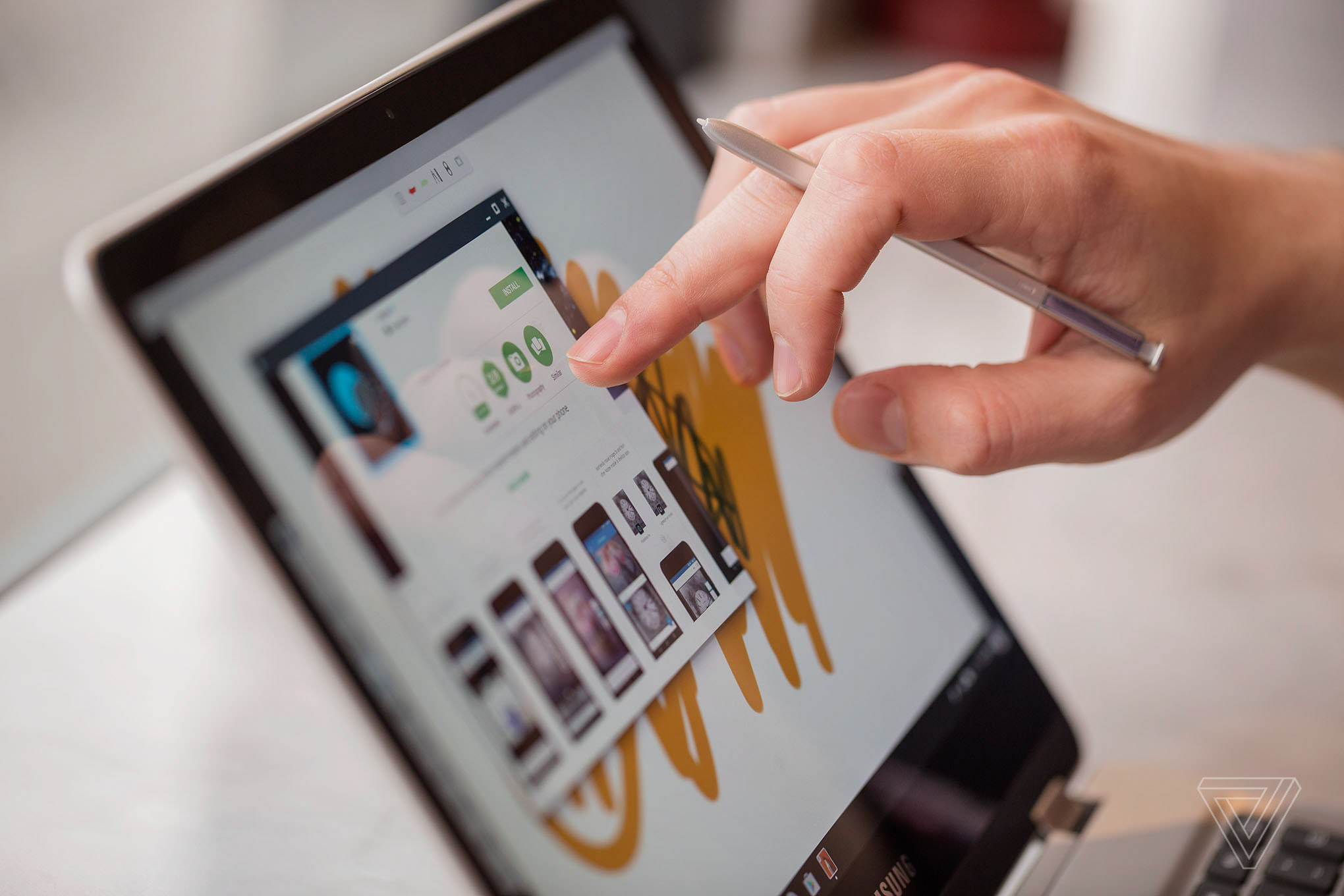
Samsung’s Chromebook Plus is the first of a new generation of Chromebooks running Chrome OS, and it's shipping next week for $449. It’s one of a pair of Chromebooks that Samsung is releasing in the first half of the year. The other is the Chromebook Pro, coming in April and costs $100 more thanks to a more powerful Intel processor.
These Chromebooks (and others sure to follow soon) are a big deal because they are in the vanguard of the next phase of Chrome OS, one where it supports Android apps, works better on tablets, and accepts stylus input — all while having a full, desktop-class web browser and web apps. Done well, the combination of those things could take it out of the "couch computer" and education niches the OS currently occupies and make it a more viable competitor to low-end Windows computers. It could maybe even convince some iPad and Mac users to switch.
The key phrase in that narrative, of course, is "done well." Conceptually, it all makes sense. In terms of actual execution, Chrome OS has a long way to go down a twisty and treacherous road before it can get to where it wants to be. And when it comes to Android apps, it also seems to have sprained its ankle at the start of the journey.
Taken strictly as a Chromebook, the Plus is relatively expensive, but it justifies almost all of its asking price. The metal body is sturdy, yet light, with a beautiful, high-resolution screen that's capable of getting almost painfully bright. That screen rotates all the way around the back on a couple of reliably firm hinges, so you can set the screen at any angle or turn it around for a tablet mode.
It's not an especially beautiful device; it's a little ordinary, in fact. The edges of the keyboard deck and screen are rounded in such a way that when it's closed, it looks like a thin little sandwich. It won't win any design awards, but at least it's simple and predictable.
This is a Chromebook, it does not aspire to impress you with its looks. It simply is good at what it is intended to be: a thin, well-built machine for showing you Chrome browser tabs.
My biggest complaint is that the keyboard, which is decent enough for typing, isn't backlit. Everything else about the Chromebook Plus (including the price, relative to other Chromebooks) communicates premium aspirations, so the lack of what should be a standard feature grates. The touchpad is also a bit smaller than it ought to be, but it's responsive and accurate.
Really, the only other bit of hardware to note is perhaps the most important part: the stylus. It's almost identical to what you'll find on a Galaxy Note, except that this one doesn't have a button on it (and no, you can't put it back in the silo backwards). Google says that the stylus tech in the Chromebook is not exclusive to Samsung, so there's every reason to expect we'll see stylus-equipped Chromebooks (and tablets) from other manufacturers this year.
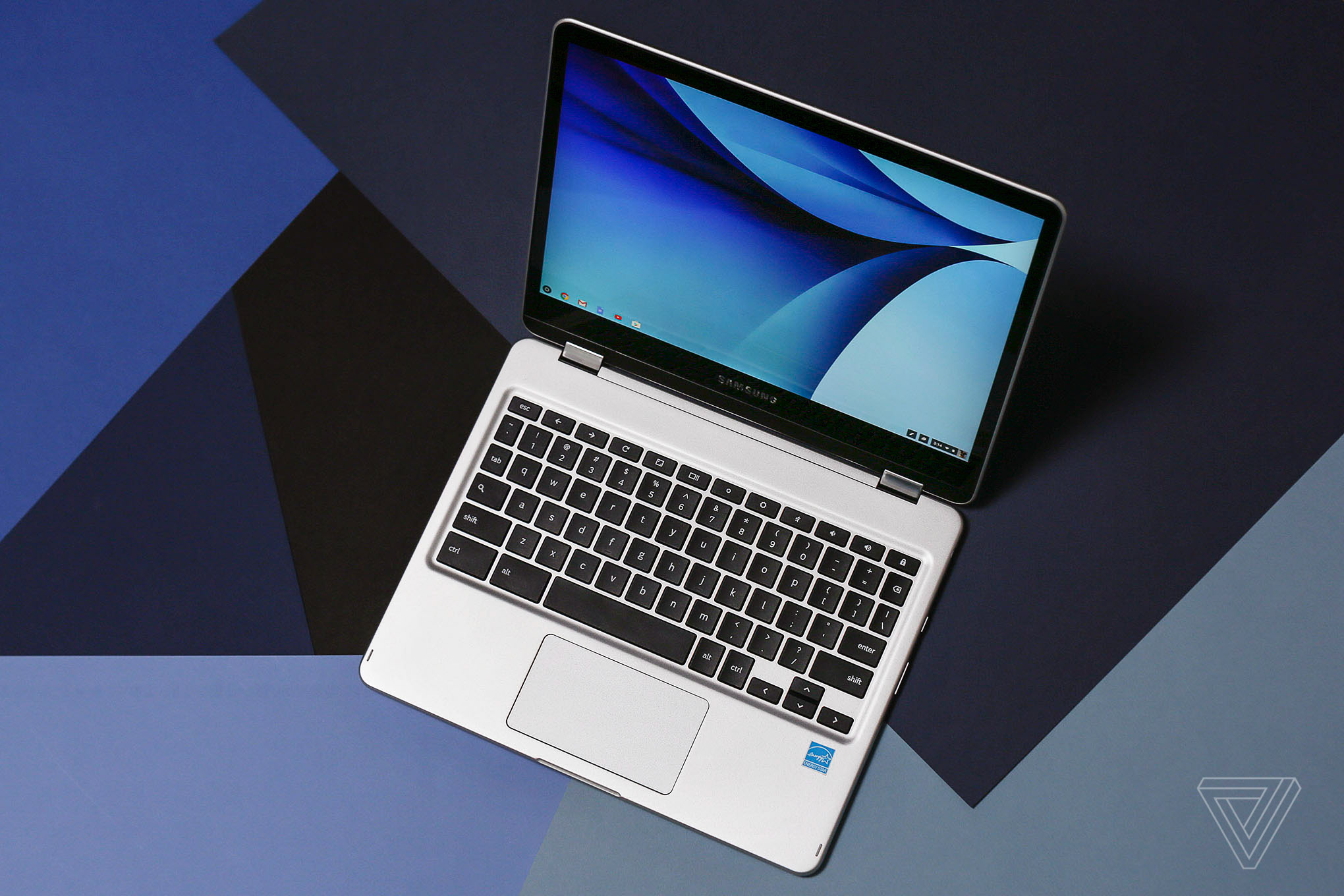
Sticking to the "just use it as a traditional Chromebook" theme, the Chromebook Plus seriously outperformed my expectations. It has an ARM processor in it, which usually bodes ill for a device's ability to handle more than a half-dozen tabs or so. But right now I have nine of them open — some of which are pretty heavy web apps — and I'm not detecting any appreciable slowdown.
Until I tried the Chromebook Plus, I would have told you that it isn't a good idea to spend this much money on an ARM-based Chromebook — and if I'm totally honest I might still have a hangup about doing so now.
If you're interested in this device, the biggest question is whether it's worth spending the extra $100 for the Intel processor. Unfortunately, I'm not in a great position to answer that question. Strictly running Chrome, the Pro version is faster and can handle more tabs, but this Plus version performs so much better than I expected that it's not an easy choice. I think for many people, the cheaper Plus will do just fine.
I'm pleased with battery life as well. On our looping webpage rundown test, it lasted eight and a half hours. In my real-world use, which involves having a bunch of pretty heavy web apps open at all times and constant browsing, I didn't quite get to eight hours, but I got close (interestingly, the Pro version of this laptop manages to last just a little bit longer). This isn't a battery champion, but it is better for me than, say, recent Mac laptops.
There are two USB Type-C ports — you can charge on either side — and you'll need adapters (which don't come in the box) for using external monitors or more traditional USB devices. There's also a microSD card slot for expanded storage if the onboard 32GB isn't enough for you (and it might not be if you download a bunch of Netflix shows).
So that's everything that's impressive about the Chromebook Plus. We know what Chromebooks are now, and so it shouldn't be a surprise that a concerted effort from both Samsung and Google created a very good one. But this isn't supposed to just be a "Good Chromebook," it's supposed to be a new generation that's something more than what we've seen before. And unfortunately, those larger ambitions are precisely where Google has run into trouble.
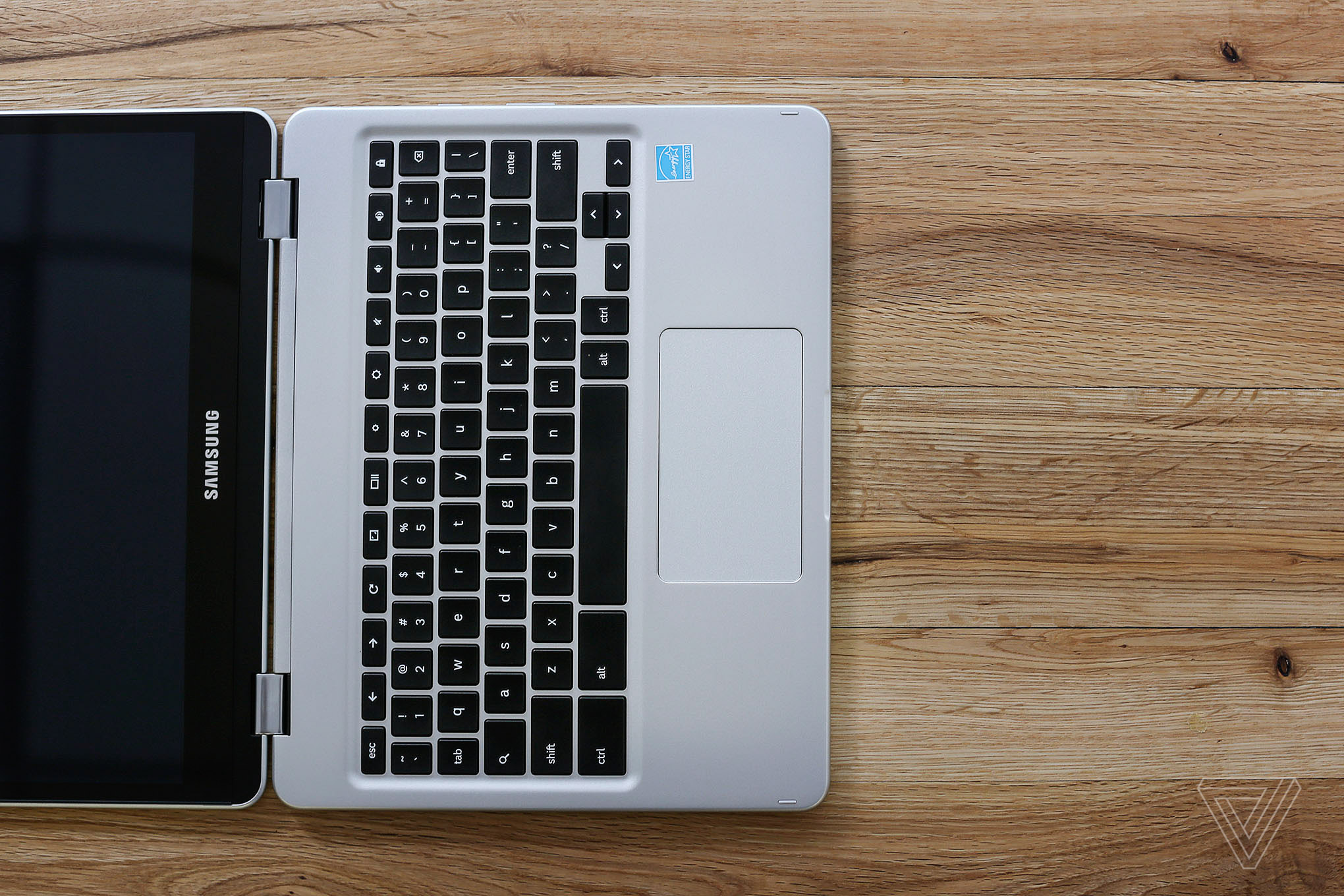
The trouble starts with the tablet mode. Google either isn't finished with it yet or just doesn't know what people want to do with tablets yet (I suspect it's both). When you flip the screen around, everything goes full screen, with no option to split windows into sidebars. Want to leave it in tablet mode and put it to sleep? Sorry, Charlie — hitting the power button simply takes you to the lock screen, where you'll have to sit and watch it for 40 seconds before it finally powers down.
Given that Google is pushing out Chrome OS updates on a regular and reliable schedule, I expect those smaller issues will get fixed at some point. What I'm less sure about is the consistency and utility of Android apps on Chrome OS.
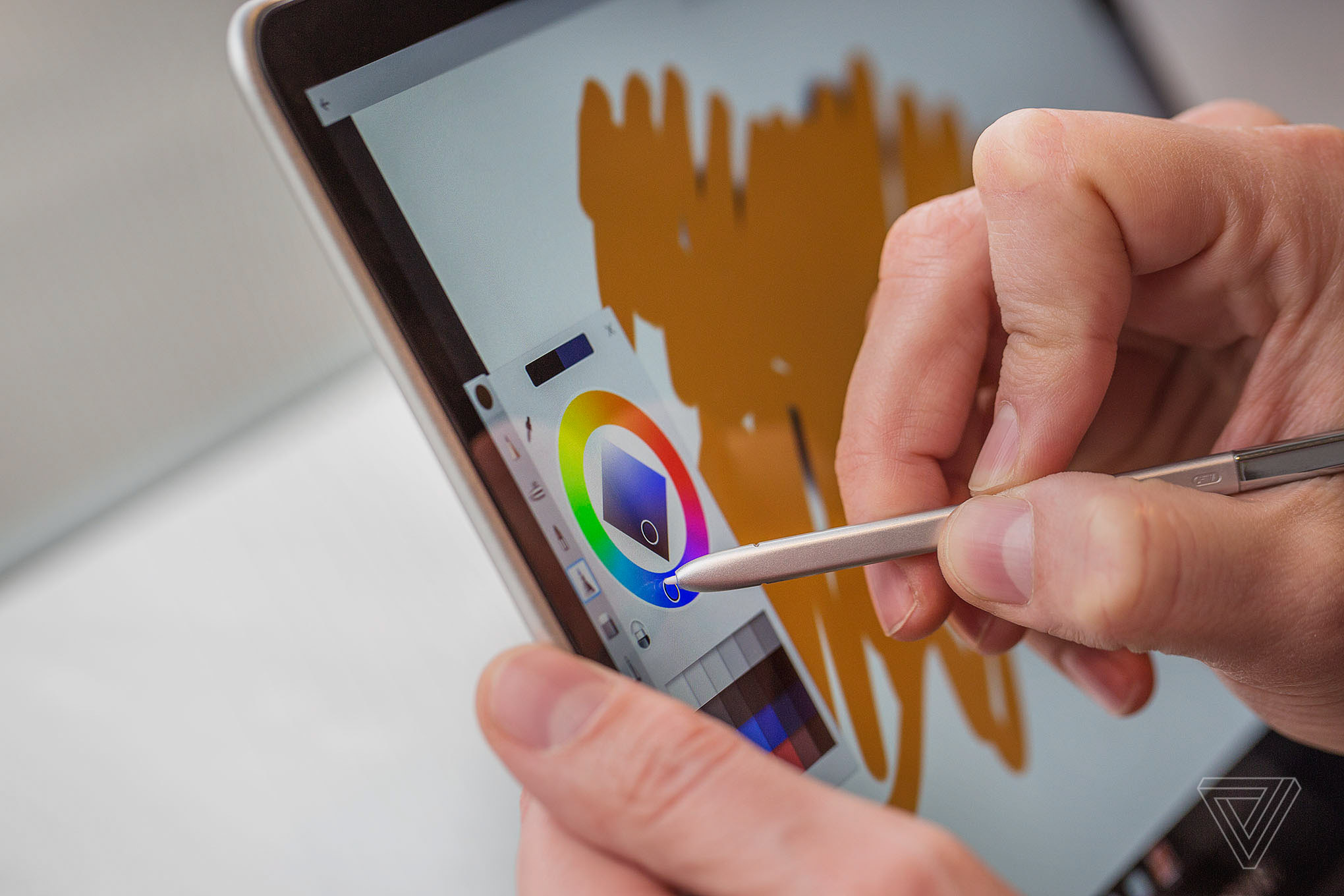
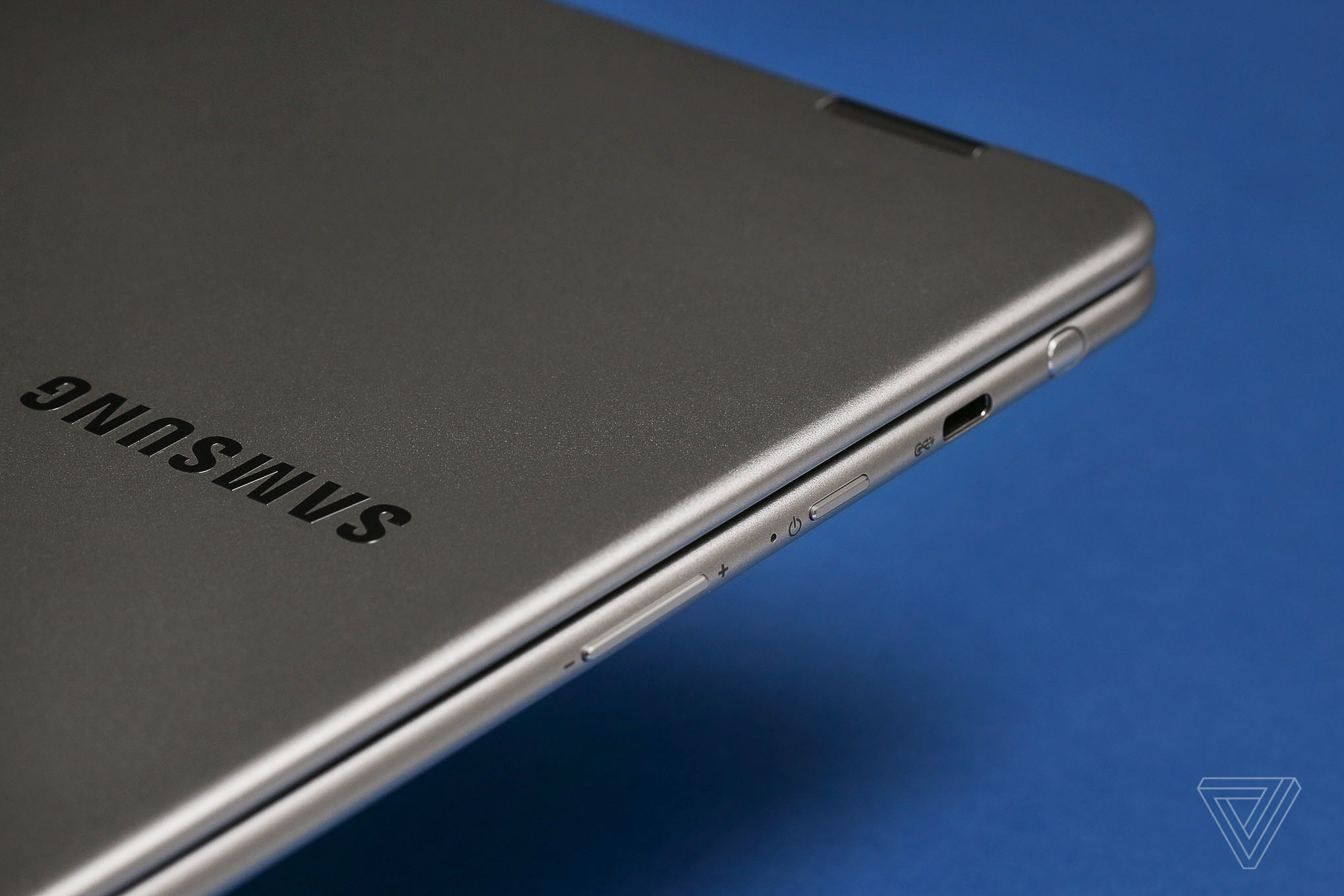
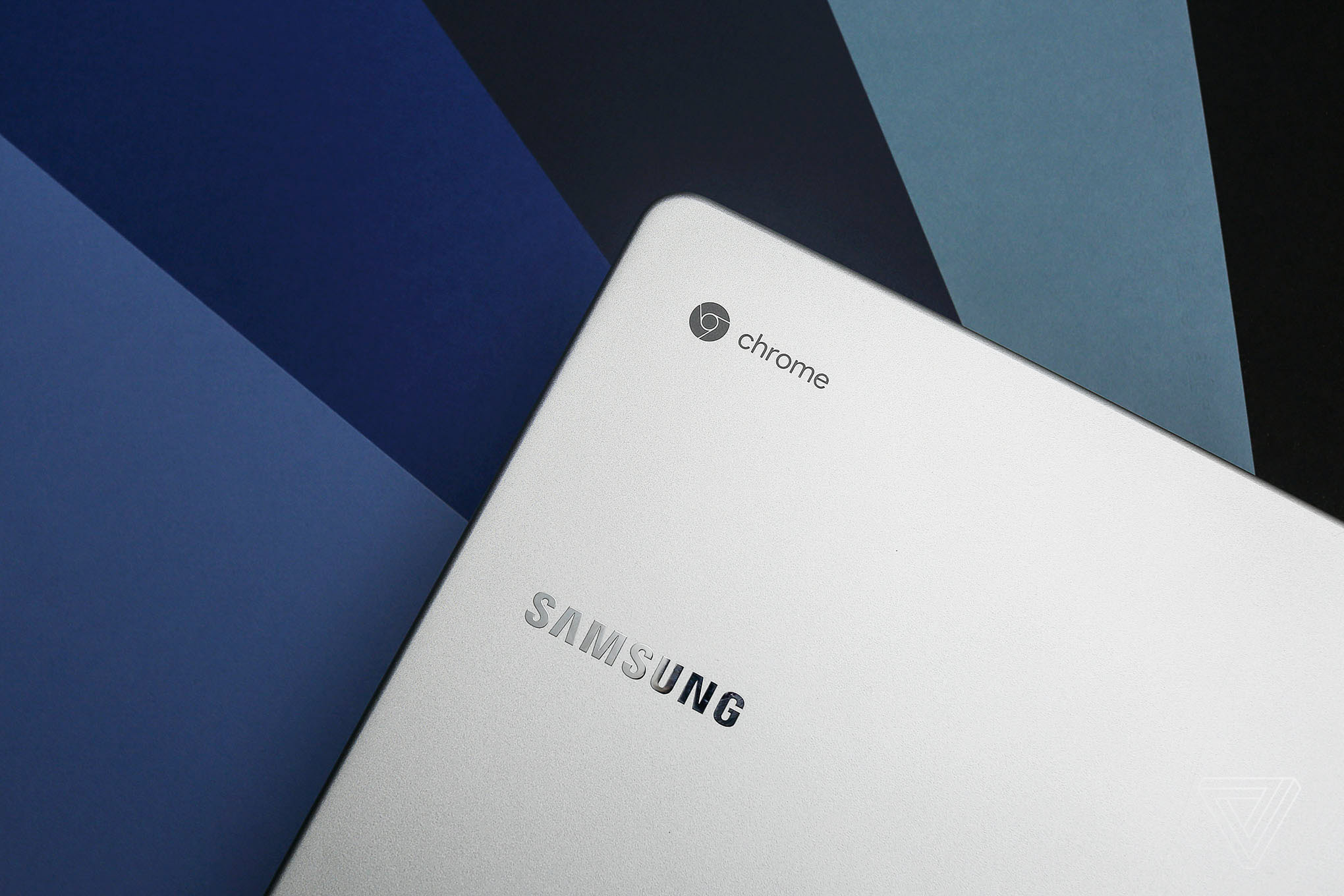
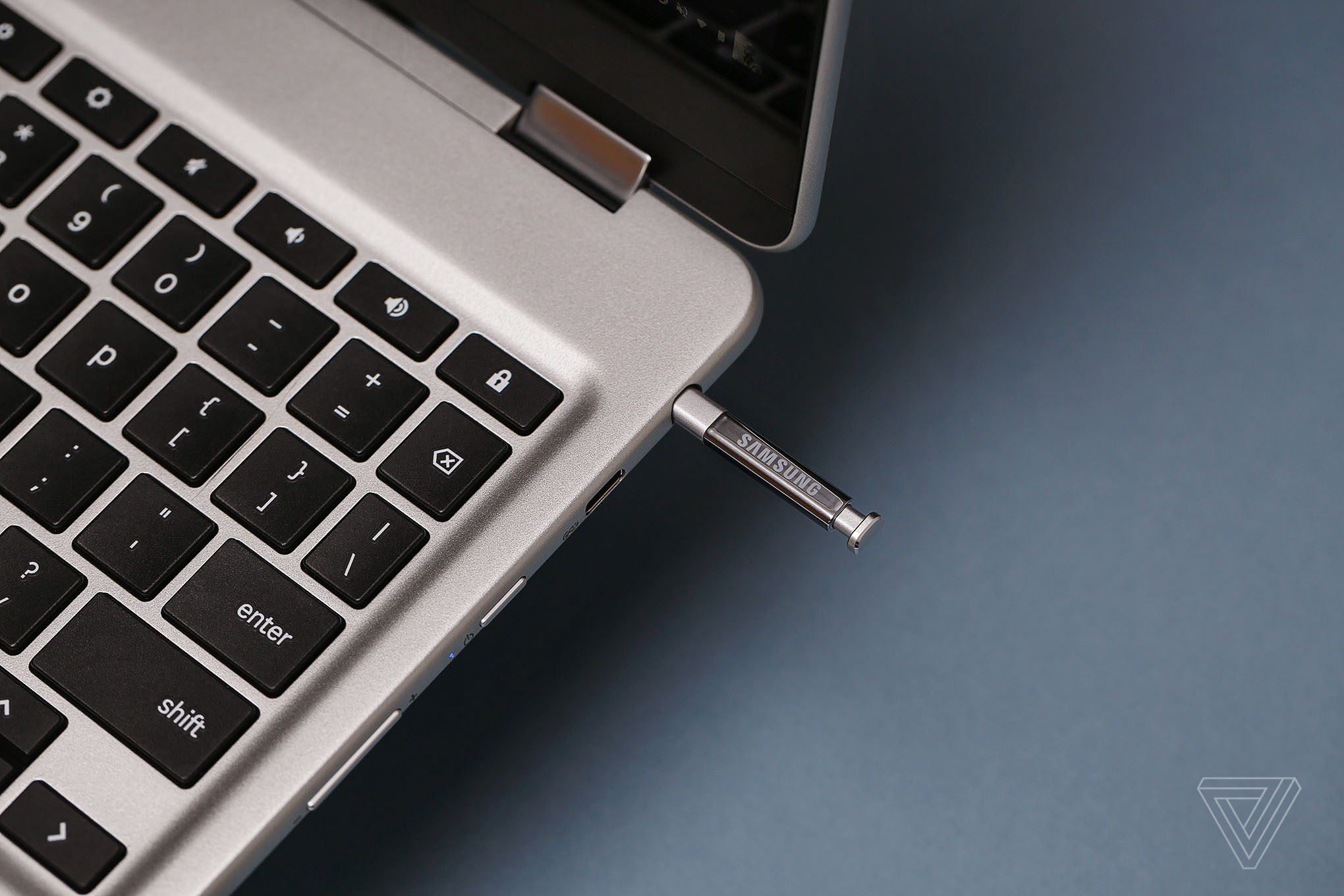
Take the stylus, which is a great idea, but badly implemented right now. Google does a smart thing by having it pop open a menu when you pull it out of its silo, but that's where the current intelligence mostly ends. It's useful for tapping tiny icons when in tablet mode, but there aren't many web apps that work well with it. Instead, most of the apps that the stylus is meant to go with are the Android apps, like Google Keep. In the future, Google Keep will use fancy machine learning to reduce the lag. In the present, trying to take even a basic note is like writing with invisible ink: a letter sometimes doesn't even appear until you're onto the next one. And the root of the problem is that Android apps on Chrome OS are still in beta — a very much unfinished experience.
Here's the basics of the situation: in this beta, the Android component is running on the previous version, Marshmallow, instead of the latest version, Nougat. The practical effect of that issue is that you have only a handful of window size choices for Android apps: tablet layout, phone layout, and full screen. None are really what you want — what you want is to just resize them. You won’t be able to until Android apps on Chrome OS exit beta and graduate to Nougat.
There are other issues with Android apps. There aren't enough of them that look good or work well on large screens, because the vast majority of them are designed for phones, not tablet or laptops. Google says it's working with developers to fix that, but it's been saying that for five years. Maybe Chrome OS will finally be the spark it needs.
But how do they perform? Well, again the story is mixed. On the Chromebook Plus, I found that most apps felt slightly slower than they do on my Google Pixel XL phone. It's certainly passable, but it feels janky when compared to my two-year-old iPad Air 2. I have also had too many Android apps crash or glitch out, and by too many I mean it happens about once a day. It's forgivable in a beta, but still aggravating. The situation on the Plus is miles better than the situation on the Intel-based Chromebook Pro right now, which is so riddled with bugs and issues that I declined reviewing it in favor of this Plus. I describe in more detail the situation in another article, here.
All of which is a shame, because there are those "aha" moments of greatness like switching from the Kindle Android app to the Google Keep Android app to a real desktop-class browser all on the same device. Or downloading Netflix shows in the Android app on the same device I use to get Real Work done. Or just simply playing rymdkapsel on a big screen.
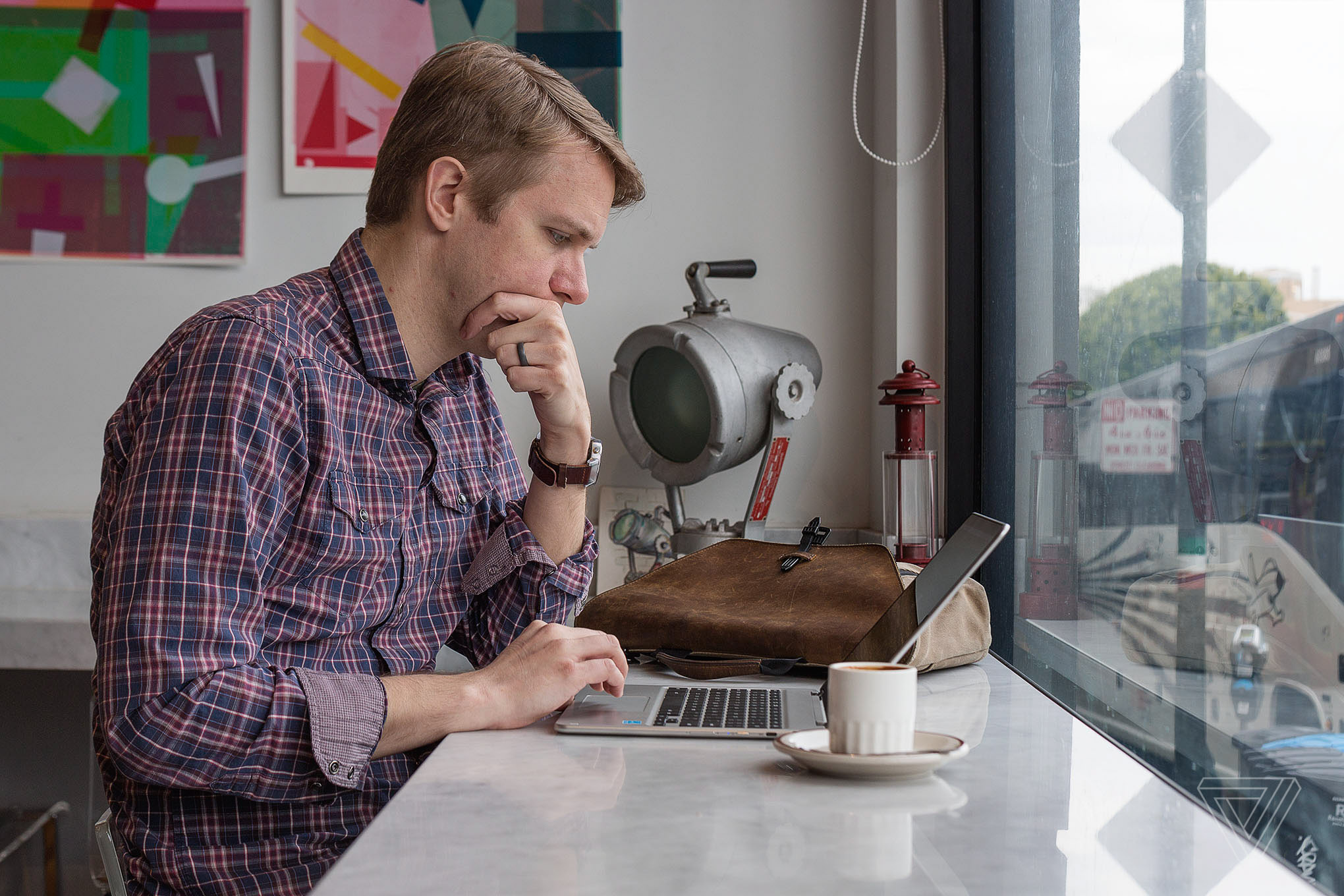
So how do you judge the Chromebook Plus?
Weighed against the standards of Chromebooks like the Acer Chromebook R11 or Dell Chromebook 13, it's a standout device. It's my pick as the best Chromebook you can buy today, so long as you're willing to spend the extra money to get this beautiful screen and quality hardware. It outdoes cheaper devices and will be easier to use and maintain than a comparably priced Windows machine. When you see (and argue) about the score below, that's what I'm looking at. This is simply a great Chromebook when measured against those standards.
Weighed against the ambitions of what it aspires to be? The Chromebook Plus clearly comes up short. The software for good Android apps and great stylus support just isn't ready yet.
I want an inexpensive, tablet-style device that combines the best of mobile apps with a desktop-class browser. Windows isn't really there, the iPad isn't really there, and the Mac will apparently never be there. But with some fixes to Android and some developer help, this device could be exactly what I want. Google is chasing after exactly the right thing with Chrome OS right now.
It just has a lot more running to do.
Photography by Vjeran Pavic
:format(webp)/cdn.vox-cdn.com/uploads/chorus_asset/file/13064919/vpavic_010217_1434_0249_v1.0.0.1486693888.jpg)
:format(webp)/cdn.vox-cdn.com/uploads/chorus_asset/file/13064919/vpavic_010217_1434_0249_v1.0.0.1486693888.jpg)
Share this story